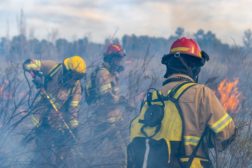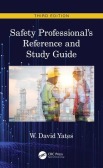Facility Safety
This topic deals with machine guarding, housekeeping, forklift safety, showers & eyewashes, LOTO, flooring, fire safety, security, and emergency response.
Looking for suppliers? See our Buyers’ Guide
Looking for suppliers? See our Buyers’ Guide
ARTICLES
OSHA: Worker's amputation caused by lack of machine guards
Hailiang Copper Texas cited for 24 serious safety, health violations for ignoring machine safety requirements.
October 2, 2024
Supply chain security in a digital age
Technology can bring threats, but also offers solutions
October 2, 2024
PRODUCTS
EVENTS
DOCUMENTS AND FILES
Never miss the latest news and trends driving the safety industry
eNewsletter | Website | eMagazine
JOIN TODAYCopyright ©2024. All Rights Reserved BNP Media.
Design, CMS, Hosting & Web Development :: ePublishing
















